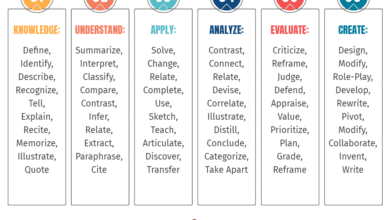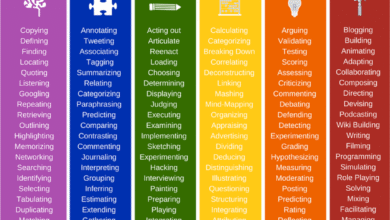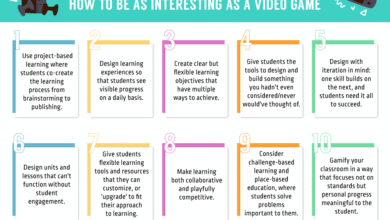What Is The Library Of Congress? – TeachThought
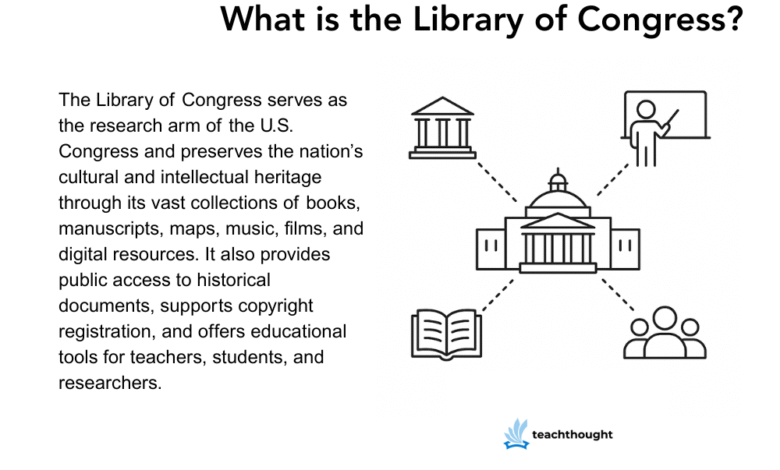
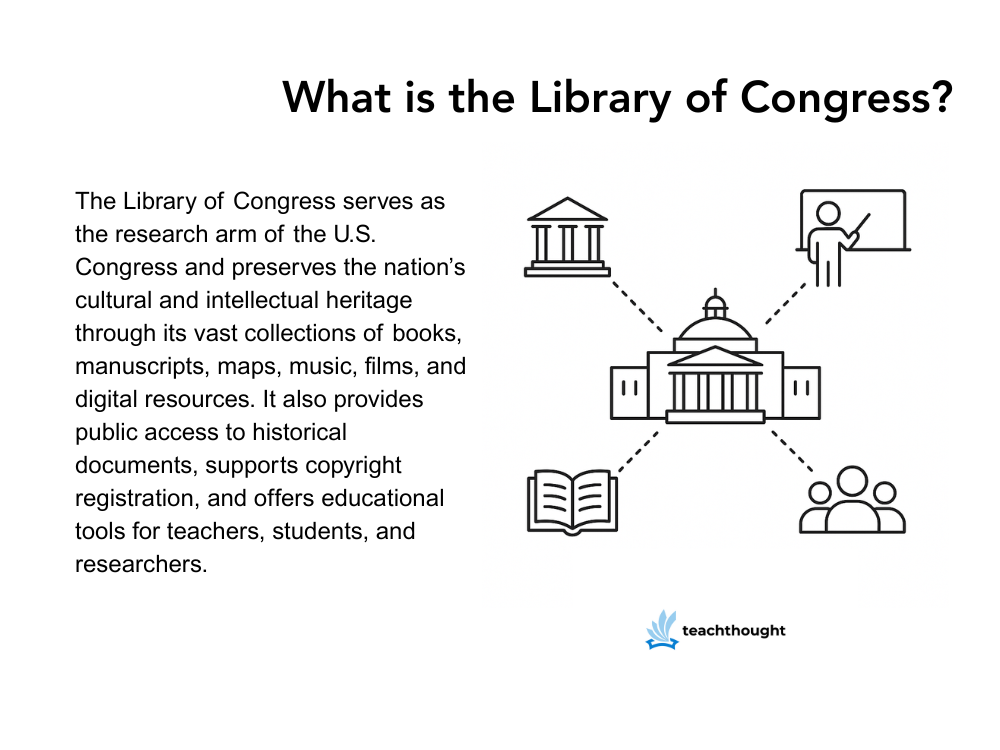
What Is The Library Of Congress?
by TeachThought Staff
The recent dismissal of Dr. Carla Hayden, the 14th Librarian of Congress, has brought renewed attention to the Library of Congress—but what exactly is the Library of Congress, and why does it matter?
The Librarian of Congress leads the institution and is appointed to a 10-year term. Hayden, who held the role until May 2025, was a notable figure in LoC history. She was the first woman and the first African American to lead the institution, and her tenure focused on:
- Expanding digital access to collections.
- Increasing public outreach and education.
- Promoting equity and inclusion in library services.
Her abrupt removal by the Trump administration raised concerns among educators, librarians, and civic advocates about the independence of institutions like the Library of Congress.
You can read their full statement here.
What Does The United States Library Of Congress Do?
While headlines have focused on the political implications of her firing–which are worth their own scrutiny for news and journalism media–this moment offers an opportunity to better understand one of the most important public institutions in the United States, one that plays a quiet but important role in education.
See also What Is A KWL Chart?
The Library of Congress serves as the research arm of the U.S. Congress and preserves the nation’s cultural and intellectual heritage through its vast collections of books, manuscripts, maps, music, films, and digital resources. It also provides public access to historical documents, supports copyright registration, and offers educational tools for teachers, students, and researchers.
It is the largest library in the world, home to more than 170 million items, including books, manuscripts, photographs, maps, sound recordings, and films. It serves multiple roles:
- Research arm of the U.S. Congress: Its primary mission is to provide research and analysis to members of Congress and their staff.
- Preserver of national memory: It houses historically significant documents, including the rough draft of the Declaration of Independence and the Gutenberg Bible.
- Public educational resource: Much of its collection is available online, offering free access to rare materials, primary sources, and lesson plans for teachers and students.
- Cultural institution: It runs public exhibitions, concerts, and events, and supports copyright registration and protection.
Examples of what the Library of Congress offers
- Chronicling America: A searchable database of historic American newspapers, useful for student research and media literacy lessons.
- National Jukebox: A collection of early 20th-century sound recordings available for public listening.
- The Veterans History Project: First-person accounts from U.S. war veterans, curated for public and educational use.
- Primary Source Sets for Teachers: Curated documents tied to curriculum topics, including Civil Rights, immigration, and westward expansion.
Library of Congress Teaching Resources
- loc.gov: The official website, with searchable access to digital collections.
- Library of Congress for Teachers: Classroom resources, primary source sets, and professional development tools.
- Copyright.gov: Managed by the Copyright Office, which is part of the LoC.
- Analyzing Primary Sources Graphic Organizers – Downloadable tools that guide students through observation, reflection, and questioning of primary sources by format (photos, maps, recordings, etc.).
- The Rosa Parks Papers – A digitized archive of Rosa Parks’ personal writings, letters, and notes, offering an authentic view into her life and activism.
- Experiencing War – Veterans History Project – First-person narratives from U.S. veterans organized by theme, useful for teaching military history and civic engagement.
- Voices from the Dust Bowl – Audio recordings and photographs documenting life in California migrant work camps during the early 1940s.
- Civil War Maps Collection – Historical maps of troop movements, battlefields, and terrain, useful for visualizing Civil War geography and strategy.
- Chronicling America – A searchable collection of historic U.S. newspapers from 1789–1963, ideal for primary source analysis and student-led inquiry projects.
- Would you like these in a downloadable format or styled for easy copying into your blog?
Source link
